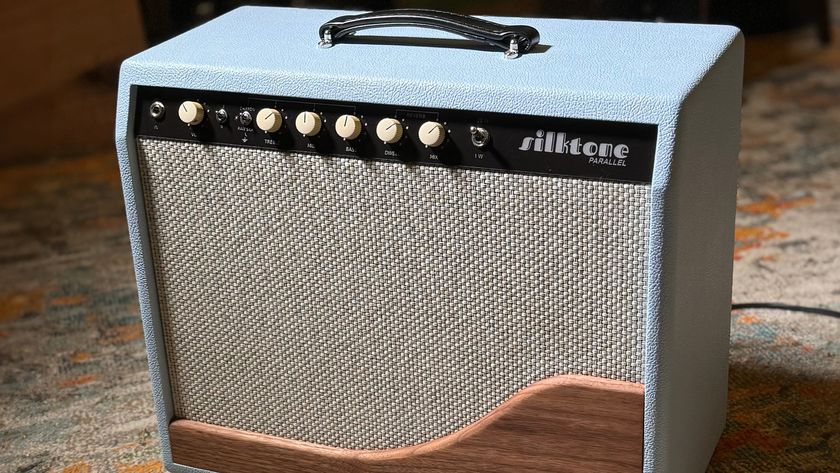“You have more tone, more sustain and more stability. It’s like the best just got better”: How Eastman realized its vision for the future of the electric guitar with the D’Ambrosio range
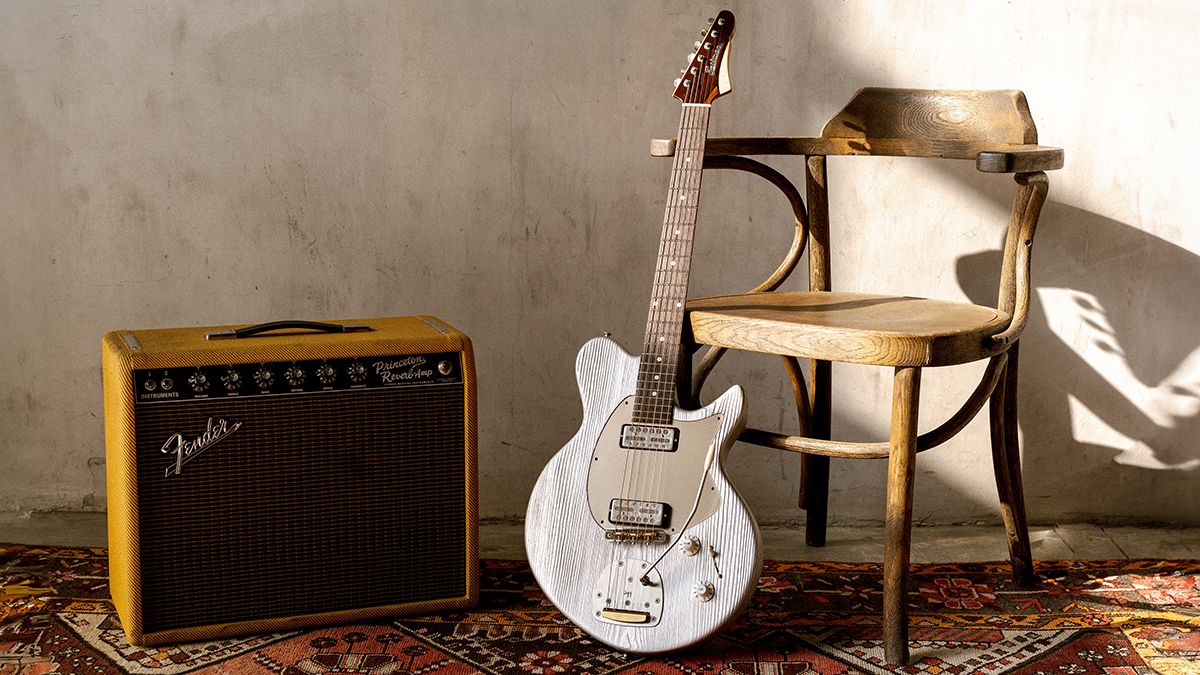
This year’s NAMM show was a triumphant return to form for the long-running trade show, and there was certainly no shortage of wild and wonderful new electric guitars for event-goers to admire.
Perhaps the most notable new release of them all, though, came in the form of Eastman’s irresistibly gorgeous D’Ambrosio range – a new family of six-strings that aimed to realize the brand’s vision of what the future of the electric guitar looked like.
“We set out to create instruments of unprecedented beauty and quality,” Eastman said at the time. “The D'Ambrosio Series represents our thoughts – both aesthetically and functionally – on the future of solid body electric guitars.”
It was one of Eastman’s biggest releases in years. Not only did it put something completely fresh on the market, it put the spotlight on the importance of sustainability, using reclaimed tonewoods for each of its models.
But that’s not all. Because, while these guitars certainly look the part, and though they are built with the environment at heart, the D’Ambrosio range also elevates contemporary guitar design norms by debuting what Eastman is calling its ‘FullerTone’ neck construction.
Developed by Otto D’Ambrosio, the FullerTone joint features a two-bolt, long-tenon-inspired design that offers more sustain and stability. In other words, it looks to be a middle-ground between set-neck and bolt-on constructions, while offering the best of both worlds.


This joint can be found on every D’Ambrosio guitar, of which there are three variants: double-cut, single-cut and offset. In each camp, there are a range of finishes and electronics, as well as a suite of custom pickups that have been hand-wound by revered boutique pickup maker Jason Lollar of Lollar Pickups.
Get The Pick Newsletter
All the latest guitar news, interviews, lessons, reviews, deals and more, direct to your inbox!
The result is a family of totally new electric guitars that are like no other. But it wasn't an easy ride to bring the vision to life, as Eastman explains.

“It all started with our wish to create a new (and possibly better) neck to body construction,” Eastman's Director of Fretted Instruments Pepijn 't Hart tells Guitar World when asked about the inspiration behind the new range.
“The neck and the body of a guitar need to create a solid joint that not only determines the correct string projection, but transfers resonance throughout the entire guitar.”
“I always wanted to find a way to create a bolt-on neck that would have all the characteristics and advantages of a set neck,” D’Ambrosio adds. “After many years of experimenting I came up with the ‘FullerTone.’
“You can think of it as a two-bolt long neck tenon, neck to body construction. The advantages are fantastic – you have more tone, more sustain and more stability. It’s like the best just got better.”
As expected, crafting the D’Ambrosios came with its own difficulties, not least because an entirely new neck joint design was being pioneered. There was also the issue of choosing the materials that would be used throughout the range.
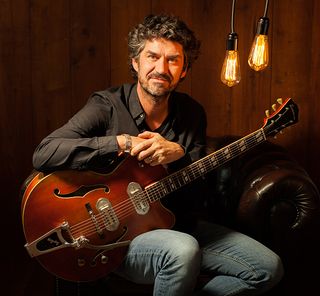
To further its quest for greater sustainability, Eastman eventually settled on a handful of reclaimed tonewoods, such as a rare swamp ash salvaged from Southern wetlands and wildfire-scorched Phoenix pine recovered from the Oregon wilds.
As Hart explains, this gives way to both some key tonal and aesthetic benefits: “When we ran into Alan Olivant of Sustainable Wood products, he made us aware of the wonderful Phoenix pine.
“After a devastating Oregon forest fire, these trees needed to be cut. In many ways this is the right way – to create beauty out of devastation.
“The tonal advantages of pine are obvious – it’s lightweight and extremely resonant. We also exaggerate the Phoenix pine’s grain by light sandblasting, this texture is exaggerated using our metallic finishes.”
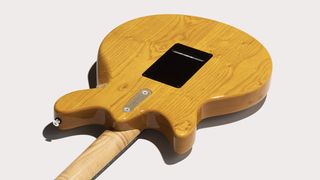
It’s been a strong start for the D’Ambrosio range, and – fortunately for us – there’s still more to come, and as Hart explains, the future looks bright.
“We’re working on something very special that we will show you in 2025,” Hart teases. “It’s an evolution of D’Ambrosio that stays true to our vision and speaks to the wide-open road that lies ahead for the line.
“We believe in originality,” he concludes. “To try and create something new and exciting, to improve on what are already brilliant designs and try to take them one step further. Sometimes, these can be the smallest of improvements, but with a big advantage to the player.
“We are trying to bring something new and inspiring to the table. Something that people will recognize on a stage.”
Head over to Eastman to find out more.




Matt is a Senior Staff Writer, writing for Guitar World, Guitarist and Total Guitar. He has a Masters in the guitar, a degree in history, and has spent the last 16 years playing everything from blues and jazz to indie and pop. When he’s not combining his passion for writing and music during his day job, Matt records for a number of UK-based bands and songwriters as a session musician.
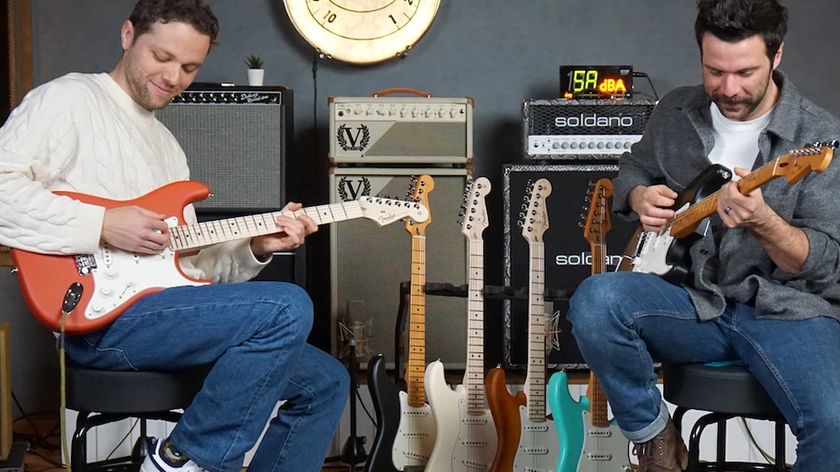
“Satin Stratocaster dreams”: Fender and Thomann have produced two new exclusive Stratocaster lines – and their prices rival existing US and Mexico-made models
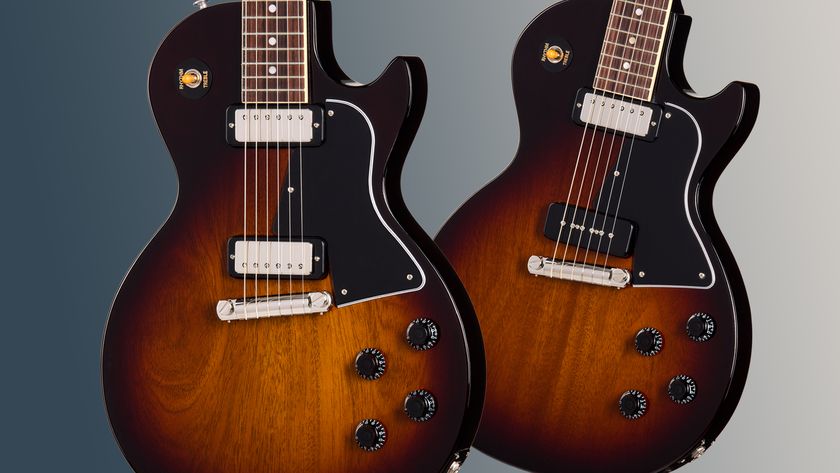
“A new take on the classic”: Gibson gives its Les Paul Special an ultra-rare pickup overhaul with new Mini Humbucker models







